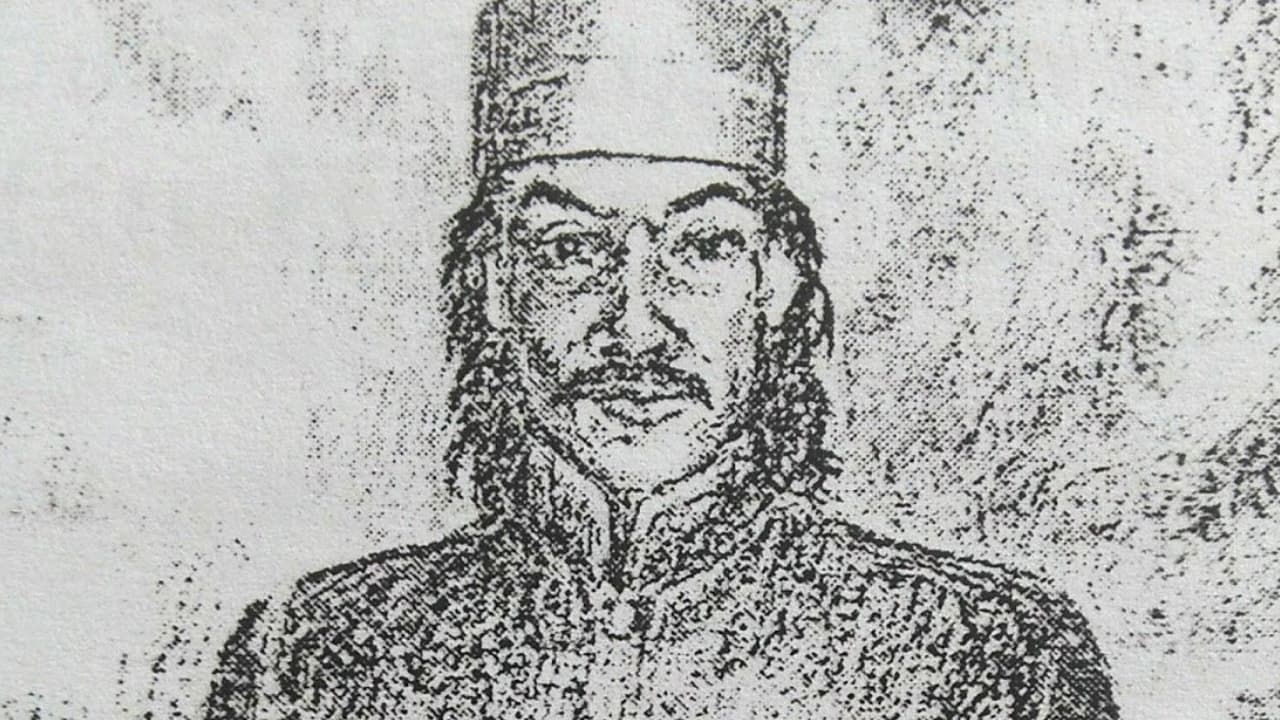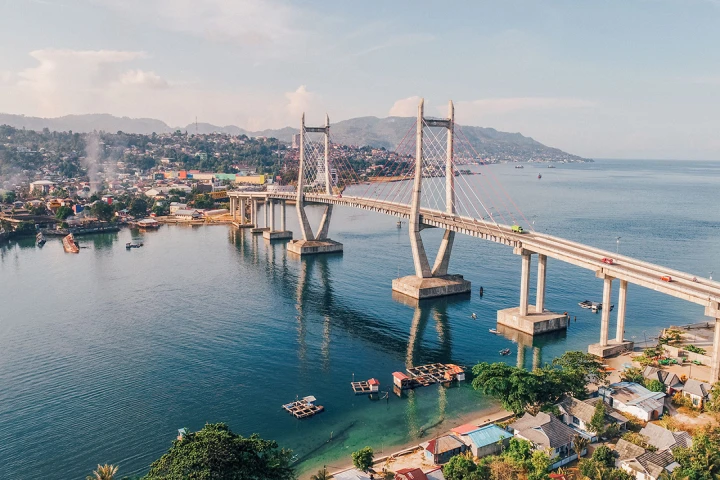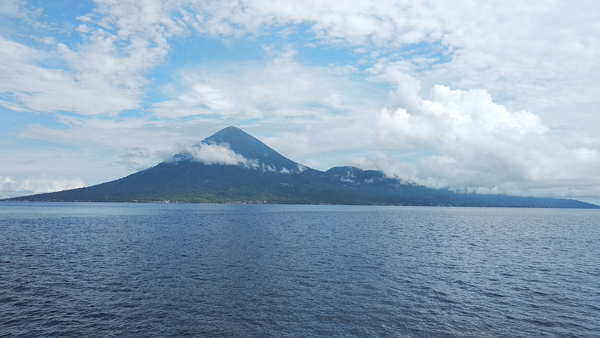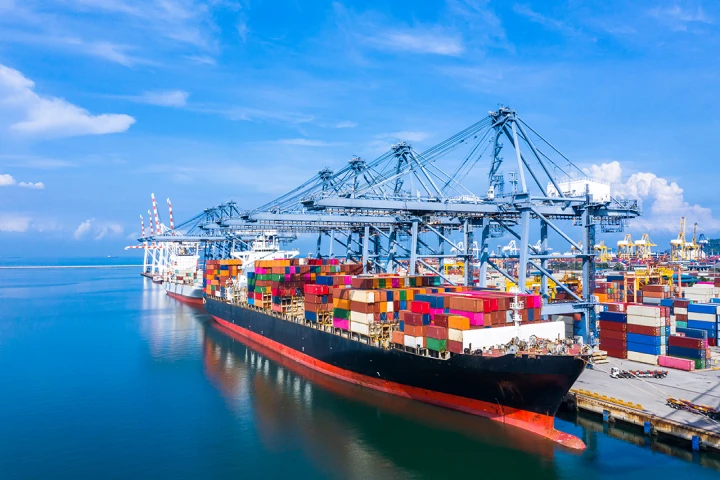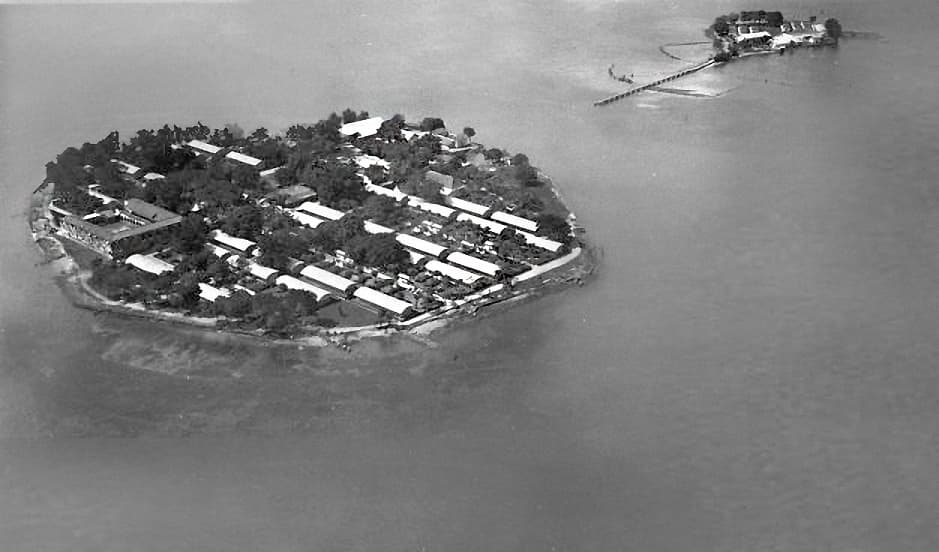
“Suitable to its name, Onrust never rests. Vessels often berthed here that Onrust was often called the Island of Ships by the locals. As it developed, the functions of the island kept changing.”
In the northern part of Jakarta, approximately 14 km, there lay a group of islands. As parts of the Seribu Islands, the islands were called Cipir (Kuiper), Kelor (Kerkhof), Sakit (Purmerend), Edam, and Onrust. This group of islands functioned on a limited basis in the 18th to 19th centuries. Onrust became an exception, for this island had been hustling since the 17th century.
The development of Onrust Island started between 1644 and 1772. During these years, VOC intensively built the various infrastructure that supported their trades, diplomacy, and colonization activities. In 1656, a fortress was built to block Banten Sultanate’s attack. Six years afterward, two bastions were built to strengthen the fortress; they were Beekhuis and Towpunt to face France’s onslaught.
In 1668, a shipyard was built in the southwest of the island. With the help of two cranes built at the same place, the shipyard was functioned to land ships. Besides, a wooden dock was constructed so that the big vessels could berth. In addition, there were warehouses for export purposes. Pepper, tin, coffee, sugar, vegetables, grocery items, and rice were available in the warehouses.
The island also got a reputation as the best repair workshop in its time. Various nations came to Onrust to repair their ships before continuing their journey. Its function was similar to the City of Water 7 in the popular manga series One Piece by Eiichiro Oda. James T. Cook praised the island as the best island in the entire Eastern Region. Cook’s ship Endeavor was repaired in 1770 when he and his crews were sailing the ocean.
Unfortunately, in 1803 and 1806, England attacked Onrust Island twice, resulting in the ruins of buildings on the island. Until 1824, the island was abandoned by the Dutch. Finally, during the reign of Van Der Capellen, Onrust Island was reconstructed.
The development of Onrust rapidly grew with the restoration of the port’s function in 1848. The Dutch settlement multiplied. People could also find churches on Onrust. As a result, the island was lack of space. The island, which once was famous for its repair workshops, started to lose its repair workshops slowly. The wooden docks were transformed into bricks. That year, Onrust became a small, bustling place.
In 1911, Onrust Island was reconstructed. Again, the island shifted its function. During this year’s construction, the island transformed into a quarantine place for people with leprosy. It was similar to several islands around Batam that isolated Covid-19 patients during the first months.
As a quarantine place, they built supporting facilities. Doctor’s settlement, field houses, storehouses, offices, and barracks were built so that the quarantine facilities could perform maximally. However, the history of Onrust as a quarantine place could not last long, and in 1939, Onrust started to be forgotten.
To this day, Onrust resembles Jurassic Park, which only remains in ruins. Former old buildings lie here and there, revealing the memories of the ever-changing lives of humans in Onrust Island. The regional government then turned Onrust into a museum and let its history speak to us today.
__________
Sources:
Dharmaputra, Geofano. 1995. “Bengkel Kapal dan Pemukiman di Pulau Onrust” in R.Z Leirissa (editor), Sunda Kelapa sebagai Bandar Jalur Sutra: Kumpulan Makalah Diskusi. (Jakarta: Proyek Inventarisasi dan Dokumentasi Sejarah Nasional), 1-15.
ASJ Heuken, 1980, Historical Sites in Jakarta. (Jakarta: Cipta Loka)
F. de Haan, 1935, Oud Batavia. (Batavia: Kolff).
JW Heydt, 1744, Allemeuster Geografisch und Topograpischter Sclwuplatz von Afrika und Ost-lndien. (Willhermsdorff: Johan Carl Tetschner).
__________
Written by Endi Aulia
Editor: Doni Ahmadi
Translator: Dhiani Probhosiwi



